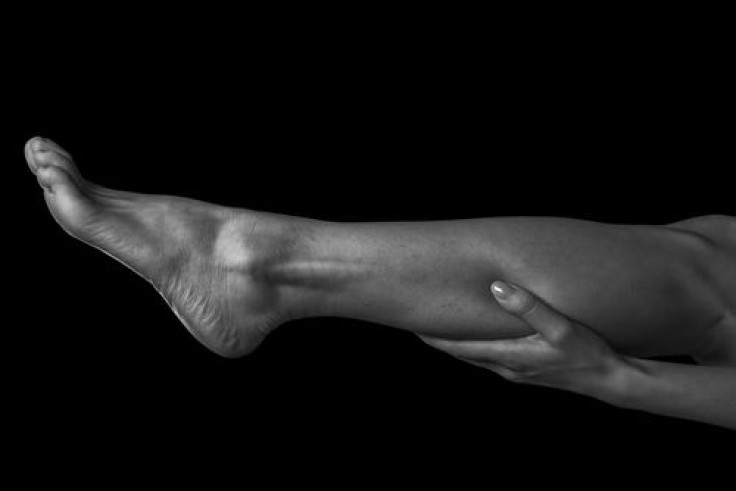Stiff Person Syndrome Treated With Stem Cell Transplantation Helps Two Women Achieve Remission

Stiff Person Syndrome (SPS) is a rare disease of the nervous system that affects fewer than one in a million people. With so few cases and little information, doctors may be uncertain how to treat this disease. In a paper published by JAMA Neurology, doctors at the University of Ottawa treating two female patients with SPS used a previously untried therapy for the disease: autologous hematopoietic stem cell transplantation (auto-HSCT). Through the use of auto-HSCT, the women achieved clinical remission from SPS.
SPS often begins very subtly during a period of emotional stress, when progressively severe muscle stiffness develops in the spine and lower extremities. The disease is more common in women, with two women for every one man affected, though it is not more common among any race or ethnic group. Symptoms usually begin when a patient is in her mid-40s. Over half of all patients have or will develop diabetes, while an increased incidence of epilepsy has also been observed. One rare variant of the disease has been linked to breast and lung cancer.
In the article from scientists at University of Ottawa, one of the women was diagnosed in 2005 after enduring progressive leg stiffness, spasms, falls, and walking with a characteristic "tin soldier" gait. She was 48 at the time. The second woman was otherwise healthy except for periodic leg muscle stiffness lasting several hours. Unfortunately, the disease progressed and she stopped working, driving, and had to move back in with her parents. In 2008, at the age of 30, she received a diagnosis of SPS. Both women were treated at Ottawa Hospital.
Based on a regimen commonly used for patients with multiple sclerosis, that hospital's Blood and Marrow Transplant Program performed immunoablation, a procedure used to prepare for an organ transplant, and auto-HSCT on both women. The first woman underwent auto-HSCT in 2009. One month later, her SPS symptoms were resolved and she was fully mobile six months after that. She returned to work, along with playing sports, and remains asymptomatic nearly five years later. The second woman underwent auto-HSCT in 2011. Her post-transplant course was complicated by four periods of severe muscle spasms within 18 months of transplantation. Yet, she, too, has been able to return to work and all her previous activities as she has not suffered with the symptoms of SPS in more than a year.
“To our knowledge, this is the first report documenting that immunoablation followed by auto-HSCT can produce long-lasting and complete remission of SPS,” wrote the doctors in their analysis of these two cases. Though few will benefit from this breakthrough, those rare patients suffering from stiff person syndrome most undoubtedly be grateful.
Source: Sanders S, Bredeson C, Pringle CE, et al. Autologous Stem Cell Transplantation for Stiff Person SyndromeTwo Cases From the Ottawa Blood and Marrow Transplant Program. JAMA Neurology. 2014.



























